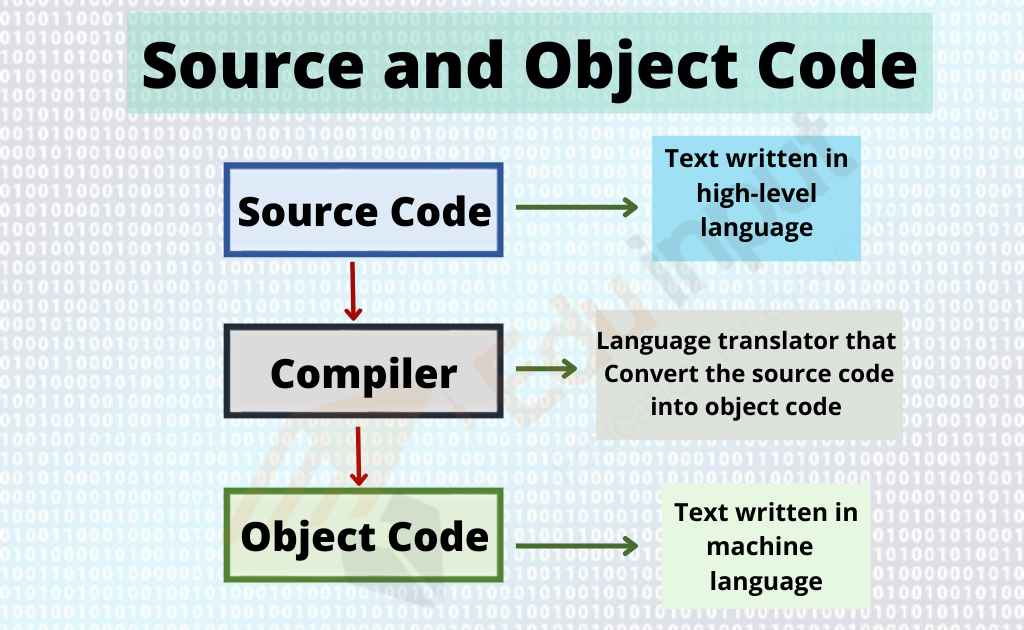Difference between procedural and non-procedural languages
There are two main types of programming languages in use today, procedural and non-procedural. The major difference between these two computational models is that a procedural language is command-driven and statement-oriented languages, while a non-procedural language is function oriented.
Programs written in a procedural language will detail every single step needed to complete a task, while programs written in a non-procedural language will simply state what needs to be done.
Procedural languages
Third-generation languages, also known as 3GL, are procedural languages in which programs are a predefined set of instructions. These instructions are executed by computers in the same sequence which they are written. Each instruction tells the computer what to do and how to do it.
Procedural languages have many advantages over machine and assembly languages.
- Program statements are similar to English and are easy to learn.
- Less time is required to write programs.
- Programs are easier to understand and modify.
Some disadvantages of procedural languages over machine and assembly languages are as follows:
- The programs execute more slowly,
- These languages use computer resources less efficiently.
Non-Procedural Languages
Non-procedural languages are more commonly known as fourth generation languages or 4GL. With 4GL, the user only needs to tell the computer what they want done – not how it should be done.
This is an advantage for non-technical users because it allows them to perform specific tasks without learning how to code. In addition, 4GL speeds up the programming process and reduces coding errors. These languages are mostly used in database applications and report generations.
Procedural languages vs Non-procedural languages
Difference between procedural language and non-procedural language is given below
| Procedural languages | Non procedural languages |
| Procedural language tells the computer what to do and how to do. | Non-procedural languages tells the computer what to do not how to do. |
| It is difficult to learn. | It is easy to learn. |
| It is difficult to debug. | It is easy to debug. |
| It requires large number of procedural instruction. | It requires a few non-procedural instructions. |
| It is normally used by professional programmers. | It can be used professional and non-technical users |
| It is typically file-oriented. | It is typically database-oriented. |
| Procedural language provides many programming capabilities. | Non-procedural language provides less programming capabilities. |
| The procedural programming language is usually longer than the non-procedural language because it has less predefined library functions and classes. | Non procedural programming languages are shorter in length due to the presence of rich libraries and classes. This makes them more efficient and easier to work with, saving you time and effort in the long run. |
| Supports simple mathematical instructions. | Supports complex mathematical instructions. |
| Examples of procedural language: FORTRAN, BASIC, COBOL, PASCAL etc. | Examples of non-procedural language: SQL, RPG, etc. |
Related FAQs
What is the difference between procedural and non-procedural query languages?
Procedural languages give programmers a specific set of instructions to tell the computer what needs to be done. Non-procedural languages, on the other hand, focus more on the big picture and what needs to be accomplished.
What is meant by procedural language?
A procedural programming language is a type of programming language that uses a series of well-defined instructions to complete a task or program. It contains a systematic order of statements, functions and commands to complete a computational task or program.
What are the examples of a non-procedural language?
Examples of non-procedural language are:
SQL
PROLOG
LISP
What are the examples of a procedural language?
FORTRAN
BASIC
COBOL
PASCAL, etc.

 written by
written by 





Leave a Reply